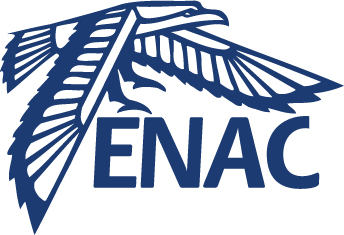Towards a unified model-free control architecture for tailsitter micro air vehicles: Flight simulation analysis and experimental flights
Résumé
Hybrid Micro Air Vehicles (MAVs) combine the beneficial features of rotorcraft with fixed-wing configurations providing a complete flight envelope that includes vertical take-off, hover, transitioning flights, forward flight and vertical landing. Tailsitter MAVs belong to a particular class of hybrid MAVs and its peculiar issue is related to the transitioning flight phase where, for high incidence angles, fast changing of aerodynamic forces and moments are observed which are difficult to model and control accurately. To overcome this issue, we proposed a control architecture with model-free control (MFC) algorithms that has been able to stabilize the hybrid MAV's attitude, velocity, and position without any modeling process. The proposed control architecture consisted basically two steps~: 1) The attitude control, to ensure the hybrid MAV's attitude tracking and stability within the entire flight envelope; 2) The guidance system responsible to control both velocity and position. We validated the MFC architecture according to a comprehensive set of flight simulations and experimental flight tests. Experimental flight tests shown an effective and promising control strategy solving the principal issue of hybrid MAVs that was the formulation of accurate hybrid MAV's dynamic equations to design control laws. The obtained results have provided a straightforward way to validate the methodological principles presented in this article as well as to certify the designed MFC parameters, and to establish a conclusion regarding MFC benefits in both theoretical and practical contexts.
Fichier principal
 Olszanecki_Barth_AIAA_student_paper_competition.pdf (4.4 Mo)
Télécharger le fichier
Olszanecki_Barth_AIAA_student_paper_competition.pdf (4.4 Mo)
Télécharger le fichier
| Origine | Fichiers produits par l'(les) auteur(s) |
|---|
